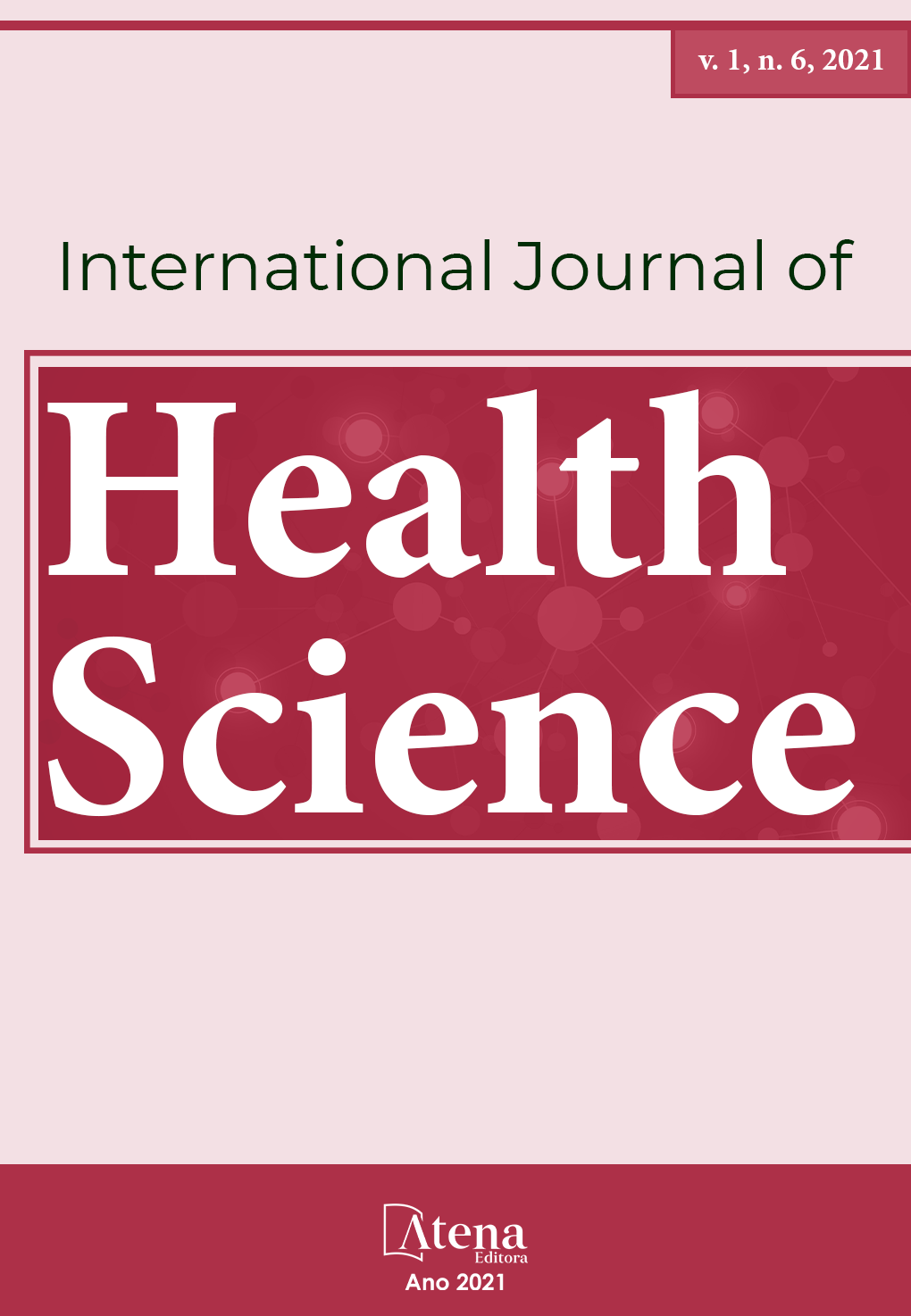
NURSING CARE FOR PEOPLE WITH HEARING LOSS: AN INTEGRATIVE REVIEW
Review the scientific productions describing nursing care for people with hearing impairment. Methods: Integrative review in PubMed, Lilacs, BDENF and IBECS databases. Articles in English, Portuguese and Spanish were included, without restriction as to the year of publication, which answered the guiding question created through the PICo strategy: "How is nursing care being conducted for people with hearing impairment?" Results: Ten articles constituted the final sample, emerging two categories: "Barriers in communication between professionals and deaf patients during care" and "Strategies used by professionals to improve communication in care." Lack of knowledge in Brazilian Sign Language was the main barrier in communication, and the most used strategies were body language and lip reading. Conclusion: The nursing professional must be able to communicate effectively with deaf patients in order to promote comprehensive and quality care.
NURSING CARE FOR PEOPLE WITH HEARING LOSS: AN INTEGRATIVE REVIEW
-
DOI: 10.22533/at.ed.1592130112
-
Palavras-chave: Nursing; Hearing deficiency; Communication.
-
Keywords: Nursing; Hearing Loss, Communication.
-
Abstract:
Objective: To review scientific productions describing nursing care for people with hearing impairment. Methods: Integrative review in the PubMed, Lilacs, BDENF e IBECS databases. Articles in English, Portuguese and Spanish were included, without restriction as to the year of publication, that answered the guiding question elaborated through the PICo strategy: "How is the nursing care for people with hearing impairment being conducted?" Results: Ten articles constituted the final sample, emerging two categories: “Barriers in communication between professionals and deaf patients during care” and “Strategies used by professionals to improve communication in care”. Lack of knowledge in Libras was the main barrier in communication, and the most used strategies were body language and lip reading. Conclusion: The nursing professional must be able to communicate effectively with deaf patients in order to promote comprehensive and quality care.
-
Número de páginas: 16
- Dhessica Gabriela Ferreira da Silva
- Mayara Dinalle Ribeiro Nascimento
- Paula Eylla Cristina Rodrigues Duarte
- José Cristovam Martins Vieira
- Cândida Maria Rodrigues dos Santos
- Marília de Oliveira Crispim


